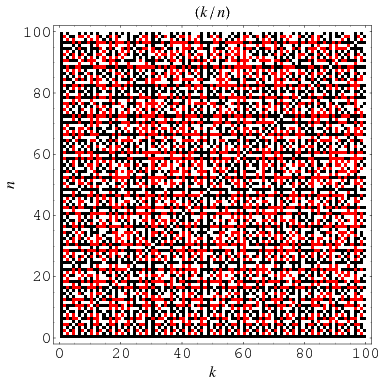

تاريخ الرياضيات

الاعداد و نظريتها

تاريخ التحليل

تار يخ الجبر

الهندسة و التبلوجي


الرياضيات في الحضارات المختلفة

العربية

اليونانية

البابلية

الصينية

المايا

المصرية

الهندية


الرياضيات المتقطعة

المنطق

اسس الرياضيات

فلسفة الرياضيات

مواضيع عامة في المنطق


الجبر

الجبر الخطي

الجبر المجرد

الجبر البولياني

مواضيع عامة في الجبر

الضبابية

نظرية المجموعات

نظرية الزمر

نظرية الحلقات والحقول

نظرية الاعداد

نظرية الفئات

حساب المتجهات

المتتاليات-المتسلسلات

المصفوفات و نظريتها

المثلثات


الهندسة

الهندسة المستوية

الهندسة غير المستوية

مواضيع عامة في الهندسة

التفاضل و التكامل


المعادلات التفاضلية و التكاملية

معادلات تفاضلية

معادلات تكاملية

مواضيع عامة في المعادلات


التحليل

التحليل العددي

التحليل العقدي

التحليل الدالي

مواضيع عامة في التحليل

التحليل الحقيقي

التبلوجيا

نظرية الالعاب

الاحتمالات و الاحصاء

نظرية التحكم

بحوث العمليات

نظرية الكم

الشفرات

الرياضيات التطبيقية

نظريات ومبرهنات


علماء الرياضيات

500AD

500-1499

1000to1499

1500to1599

1600to1649

1650to1699

1700to1749

1750to1779

1780to1799

1800to1819

1820to1829

1830to1839

1840to1849

1850to1859

1860to1864

1865to1869

1870to1874

1875to1879

1880to1884

1885to1889

1890to1894

1895to1899

1900to1904

1905to1909

1910to1914

1915to1919

1920to1924

1925to1929

1930to1939

1940to the present

علماء الرياضيات

الرياضيات في العلوم الاخرى

بحوث و اطاريح جامعية

هل تعلم

طرائق التدريس

الرياضيات العامة

نظرية البيان
Kronecker Symbol
المؤلف:
Ayoub, R. G.
المصدر:
An Introduction to the Analytic Theory of Numbers. Providence, RI: Amer. Math. Soc., 1963.
الجزء والصفحة:
...
23-8-2020
1106
Kronecker Symbol
The Kronecker symbol is an extension of the Jacobi symbol  to all integers. It is variously written as
to all integers. It is variously written as  or
or  (Cohn 1980; Weiss 1998, p. 236) or
(Cohn 1980; Weiss 1998, p. 236) or  (Dickson 2005). The Kronecker symbol can be computed using the normal rules for the Jacobi symbol
(Dickson 2005). The Kronecker symbol can be computed using the normal rules for the Jacobi symbol
 |
 |
 |
(1) |
 |
 |
 |
(2) |
 |
 |
 |
(3) |
plus additional rules for  ,
,
|
(4) |
and  . The definition for
. The definition for  is variously written as
is variously written as
|
(5) |
or
|
(6) |
(Cohn 1980). Cohn's form "undefines"  for singly even numbers
for singly even numbers  and
and  , probably because no other values are needed in applications of the symbol involving the binary quadratic form discriminants
, probably because no other values are needed in applications of the symbol involving the binary quadratic form discriminants  of quadratic fields, where
of quadratic fields, where  and
and  always satisfies
always satisfies  .
.
The Kronecker symbol is implemented in the Wolfram Language as KroneckerSymbol[n, m].
The Kronecker symbol  is a real number theoretic character modulo
is a real number theoretic character modulo  , and is, in fact, essentially the only type of real primitive character (Ayoub 1963).
, and is, in fact, essentially the only type of real primitive character (Ayoub 1963).

The illustration above and table below summarize  for
for  , 2, ... and small
, 2, ... and small  .
.
 |
OEIS | period |  |
 |
A109017 | 24 | 1, 0, 0, 0, 1, 0, 1, 0, 0, 0, 1, 0,  , 0, 0, 0, , 0, 0, 0,  , 0, , 0,  , 0, ... , 0, ... |
 |
0 | 1,  , 1, 1, 0, , 1, 1, 0,  , 1, , 1,  , 1, 0, , 1, 0,  , 1, , 1,  , ,  , 0, 1, , 0, 1,  , ,  , ,  , 0, ... , 0, ... |
|
 |
4 | 1, 0,  , 0, 1, 0, , 0, 1, 0,  , 0, 1, 0, , 0, 1, 0,  , 0, 1, 0, , 0, 1, 0,  , 0, 1, 0, , 0, 1, 0,  , 0, ... , 0, ... |
|
 |
3 | 1,  , 0, 1, , 0, 1,  , 0, 1, , 0, 1,  , 0, 1, , 0, 1,  , 0, 1, , 0, 1,  , 0, 1, , 0, 1,  , 0, 1, , 0, 1,  , ... , ... |
|
 |
8 | 1, 0, 1, 0,  , 0, , 0,  , 0, 1, 0, 1, 0, , 0, 1, 0, 1, 0,  , 0, , 0,  , 0, 1, 0, 1, 0, ... , 0, 1, 0, 1, 0, ... |
|
 |
A034947 | 1, 1,  , 1, 1, , 1, 1,  , ,  , 1, 1, 1, , 1, 1, 1,  , ,  , 1, , 1,  , ,  , 1, 1, ... , 1, 1, ... |
|
| 0 | 1, 0, 0, 0, 0, 0, 0, 0, 0, 0, 0, 0, 0, 0, 0, 0, 0, 0, 0, 0, ... | ||
| 1 | 1 | 1, 1, 1, 1, 1, 1, 1, 1, 1, 1, 1, 1, 1, 1, 1, ... | |
| 2 | A091337 | 8 | 1, 0,  , 0, , 0,  , 0, 1, 0, 1, 0, , 0, 1, 0, 1, 0,  , 0, , 0,  , 0, 1, ... , 0, 1, ... |
| 3 | A091338 | 1,  , 0, 1, , 0, 1,  , 0, , 0,  , ,  , 0, 1, 1, 0, 1, 1, 0, ... , 0, 1, 1, 0, 1, 1, 0, ... |
|
| 4 | A000035 | 2 | 1, 0, 1, 0, 1, 0, 1, 0, 1, 0, 1, 0, 1, 0, 1, ... |
| 5 | A080891 | 5 | 1,  , ,  , 1, 0, 1, , 1, 0, 1,  , ,  , 1, 0, 1, , 1, 0, 1,  , ,  , 1, 0, ... , 1, 0, ... |
| 6 | 24 | 1, 0, 0, 0, 1, 0,  , 0, 0, 0, , 0, 0, 0,  , 0, , 0,  , 0, 0, 0, , 0, 0, 0,  , 0, 1, 0, ... , 0, 1, 0, ... |
For values of  corresponding to primitive Dirichlet
corresponding to primitive Dirichlet  -series
-series  , the period of
, the period of  equals
equals  . For
. For  ,
,  , ..., the periods of
, ..., the periods of  are 0, 8, 3, 4, 0, 24, 7, 8, 0, 40, 11, 6, ... (OEIS A117888) and for
are 0, 8, 3, 4, 0, 24, 7, 8, 0, 40, 11, 6, ... (OEIS A117888) and for  , 2, ... they are 1, 8, 0, 2, 5, 24, 0, 8, 3, 40, 0, 12, ... (OEIS A117889). Here, 0 indicates that the sequence is not periodic.
, 2, ... they are 1, 8, 0, 2, 5, 24, 0, 8, 3, 40, 0, 12, ... (OEIS A117889). Here, 0 indicates that the sequence is not periodic.
REFERENCES:
Ayoub, R. G. An Introduction to the Analytic Theory of Numbers. Providence, RI: Amer. Math. Soc., 1963.
Cohn, H. Advanced Number Theory. New York: Dover, p. 35, 1980.
Dickson, L. E. "Kronecker's Symbol." §48 in Introduction to the Theory of Numbers. New York: Dover, p. 77, 1957.
Sloane, N. J. A. Sequences A000035/M0001, A034947, A080891, A091337, A091338, A109017, A117888, and A117889 in "The On-Line Encyclopedia of Integer Sequences."
Weiss, E. Algebraic Number Theory. New York: Dover, 1998.
 الاكثر قراءة في نظرية الاعداد
الاكثر قراءة في نظرية الاعداد
 اخر الاخبار
اخر الاخبار
اخبار العتبة العباسية المقدسة

الآخبار الصحية















 قسم الشؤون الفكرية يصدر كتاباً يوثق تاريخ السدانة في العتبة العباسية المقدسة
قسم الشؤون الفكرية يصدر كتاباً يوثق تاريخ السدانة في العتبة العباسية المقدسة "المهمة".. إصدار قصصي يوثّق القصص الفائزة في مسابقة فتوى الدفاع المقدسة للقصة القصيرة
"المهمة".. إصدار قصصي يوثّق القصص الفائزة في مسابقة فتوى الدفاع المقدسة للقصة القصيرة (نوافذ).. إصدار أدبي يوثق القصص الفائزة في مسابقة الإمام العسكري (عليه السلام)
(نوافذ).. إصدار أدبي يوثق القصص الفائزة في مسابقة الإمام العسكري (عليه السلام)


















